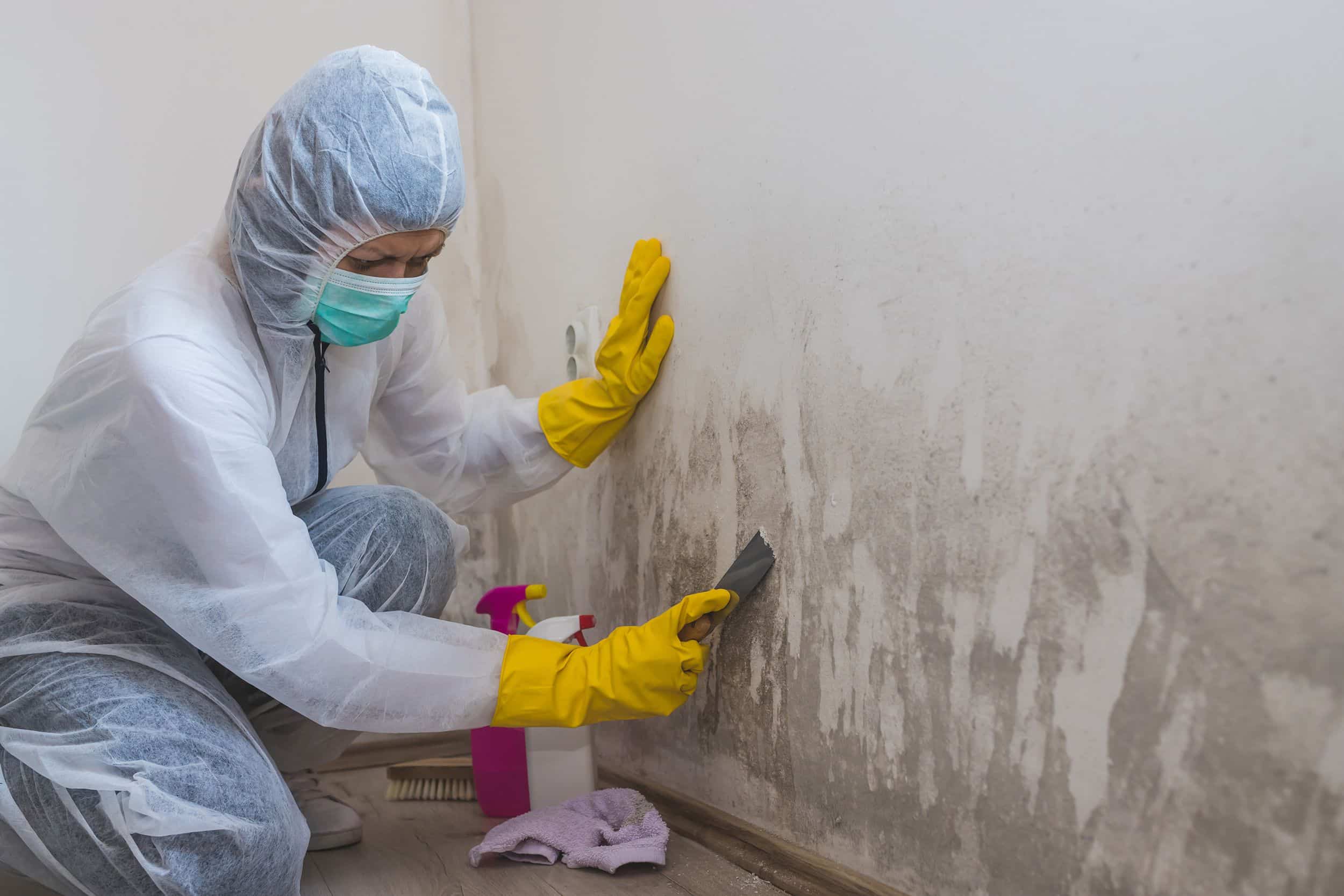Necessary Actions After Mold Remediation
Necessary Actions After Mold Remediation
Blog Article
Your Ultimate Overview to Blog Post Mold And Mildew Removal Strategies
Navigating the world of post-mold removal techniques is a meticulous procedure that demands focus to detail and a detailed understanding of the ins and outs entailed. In the after-effects of mold problem, recognizing exactly how to effectively get rid of the mold and mildew and avoid its reoccurrence is paramount for keeping a healthy and balanced indoor environment. From picking the ideal cleaning and disinfecting approaches to carrying out methods for long-lasting mold avoidance, each action in the remediation journey plays an important function in making sure an effective outcome. As we embark on this expedition of post-mold remediation techniques, we will discover the essential approaches and best practices that can help you recover your space to its pre-mold condition and safeguard it versus future mold and mildew risks.
Recognizing Post-Mold Removal Refine
After completing the mold and mildew remediation procedure, it is vital to understand the post-mold remediation strategies that are required to ensure a thorough and efficient cleaning. As soon as the mold and mildew has been eliminated, the next step entails cleaning and decontaminating the affected areas to avoid any kind of regrowth of mold.
Additionally, performing a last evaluation post-remediation is important to make sure that all mold has been successfully eradicated. If the inspection reveals any kind of sticking around mold and mildew, extra remediation may be required.
Effective Cleansing and Sanitizing Methods

Protecting Against Future Mold Growth

Value of Proper Air Flow
Appropriate ventilation plays an essential function in preventing dampness accumulation, a key aspect in mold development within indoor settings. Efficient air flow systems assist remove excess moisture from the air, decreasing the opportunities of mold spores locating the moisture they require to spread out and germinate. Without ample ventilation, interior spaces can come to be a breeding ground for mold, leading to prospective wellness dangers and architectural damage.
By making sure proper air flow, air flow systems can also assist in drying damp areas extra rapidly after water damages or flooding cases, even more hindering mold development. testing air quality after mold remediation. Precede like bathrooms, attics, basements, and kitchen areas where dampness degrees tend to be higher, installing and maintaining effective ventilation systems is vital in protecting against mold and mildew invasions

Monitoring and Maintenance Tips
Offered the essential role that proper ventilation plays in avoiding mold development, it is essential to develop efficient surveillance and upkeep ideas to make certain the ongoing functionality of ventilation systems. Normal assessments of ventilation systems ought to be performed to inspect for any indications of blockages, leakages, or malfunctions that might impede correct air movement. Tracking moisture degrees within the home is additionally crucial, as high humidity can add to mold development. Installing a hygrometer can assist track moisture levels and alert home owners to any type Visit Website of spikes that might require interest. In addition, guaranteeing that air filters are regularly cleaned up find or changed is essential for maintaining the performance of the ventilation system. Carrying out a timetable for routine maintenance jobs, such as air duct cleansing and heating and cooling system assessments, can help avoid problems prior to they rise. By staying positive and conscientious to the problem of air flow systems, residential or commercial property owners can properly minimize the threat of mold regrowth and maintain a healthy indoor atmosphere.
Conclusion
In conclusion, post-mold removal strategies are necessary for making certain a tidy and safe atmosphere. Understanding the procedure, applying efficient cleaning and decontaminating techniques, avoiding future mold and mildew growth, maintaining appropriate ventilation, and normal tracking are all crucial action in the remediation procedure. By complying with these standards, you can effectively eliminate mold and mildew and prevent its return, functioning or promoting a healthy and balanced living space for all owners.
In the after-effects of mold problem, understanding how to successfully eliminate the mold and mildew and avoid its reoccurrence is paramount for preserving a healthy and balanced indoor setting. Once the mold has been gotten rid of, the following step entails cleaning and decontaminating the affected locations to stop any regrowth of mold and mildew - After mold remediation. After removing noticeable mold development, it is vital to clean all surface areas in the affected location to remove any type of continuing to be mold and mildew spores. To further improve mold and mildew prevention steps, it is crucial to deal with underlying concerns that originally led to mold growth.Given the important role mold removal drywall that proper air flow plays in avoiding mold and mildew development, it is critical to establish efficient tracking and upkeep ideas to make certain the ongoing capability of air flow systems
Report this page